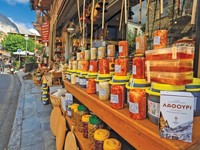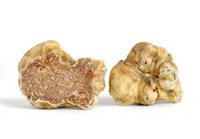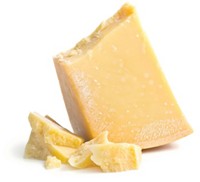Advertisement
Grab your lab coat. Let's get started
Welcome!
Welcome!
Create an account below to get 6 C&EN articles per month, receive newsletters and more - all free.
It seems this is your first time logging in online. Please enter the following information to continue.
As an ACS member you automatically get access to this site. All we need is few more details to create your reading experience.
Not you? Sign in with a different account.
Not you? Sign in with a different account.
ERROR 1
ERROR 1
ERROR 2
ERROR 2
ERROR 2
ERROR 2
ERROR 2
Password and Confirm password must match.
If you have an ACS member number, please enter it here so we can link this account to your membership. (optional)
ERROR 2
ACS values your privacy. By submitting your information, you are gaining access to C&EN and subscribing to our weekly newsletter. We use the information you provide to make your reading experience better, and we will never sell your data to third party members.
Analytical Chemistry
Identifying honey’s floral origins
Nuclear magnetic resonance can help identify honey cheaters
by Alla Katsnelson
April 27, 2016

Honey is big business, and often a dodgy one: It’s one of the foods most often affected by fraud. Unscrupulous producers can dilute the golden syrup with cheaper sweeteners or lie about its botanical origin—the types of flowers on which bees foraged before making it. Now, a team of researchers has developed an analytical method for clearly and easily distinguishing signatures of different flowers in honey that could help snag honey cheaters (J. Agric. Food Chem. 2016, DOI: 10.1021/acs.jafc.6b00619).
Single-origin or monofloral honeys command a higher price than polyfloral ones, and some monoflorals are especially prized—and especially costly. Fraud aside, it’s difficult to standardize what level of purity constitutes a single-origin honey—bees are free ranging and will always bring in traces of pollen from multiple plant species. The difficulty in identifying floral origin arises in part because there are no great tools for testing it, according to Stefano Mammi, an analytical chemist at the University of Padua .
Typically, the floral origins of honey are determined by studying pollen grains in honey samples under a microscope, a time-consuming and labor-intensive process that requires intense training. Recently, spectroscopic techniques for honey analysis have emerged to help the honey industry better control honey quality and authenticity. For example, the analytical instrument company Bruker began using nuclear magnetic resonance (NMR) last year to identify sugars in honey samples, helping to uncover when the honey has been spiked with other sweeteners. So far, though, no methods replace the expensive pollen analysis technique for identifying a honey’s floral origins.
In the new study, Mammi, Elisabetta Schievano, and colleagues tackled this problem by using NMR to look instead at nonsugar compounds. The researchers analyzed almost 1,000 samples representing 16 common types of Italian monofloral honeys, as confirmed by pollen analysis. To prepare the samples, they extracted the honey with chloroform, leaving behind the sugars while recovering compounds expected to be more specific to the flower from which bees had gathered pollen. They ran NMR on the extracts and found that each flower had a unique NMR spectral fingerprint. The researchers then applied a statistical technique called principal component analysis using more than 700 of these spectra to create a model that classified test samples according to their floral origin.
When they applied the model to the NMR spectra of the remaining honey samples, they could determine not just the samples’ main floral component, but secondary ones, too. Classification of an additional 120 samples of unknown origin yielded 90% agreement with pollen analysis. “We believe that with this NMR method we can do away with pollen analysis,” Mammi says.
The group is now expanding their database to include honey from more flowers and also plans to look at geographical differences among honey samples. It’s not yet clear, for example, whether acacia honey from Italy will have the same NMR fingerprint as acacia honey from China. NMR is becoming more widely used in the food industry, says Mammi, and his team believes the approach can be used commercially by producers and regulators.
Thomas E. Janini of Ohio State University, who studies toxics and pesticides in honey, agrees that the technique is promising. The relatively small database of NMR fingerprints may limit usefulness at the moment, he notes, but it could grow as it’s adopted more widely. “This method really tightens things up,” Janini says. “It’s going to be hard to pass anything off because you’re getting down to a molecular-level fingerprint.”.







Join the conversation
Contact the reporter
Submit a Letter to the Editor for publication
Engage with us on Twitter